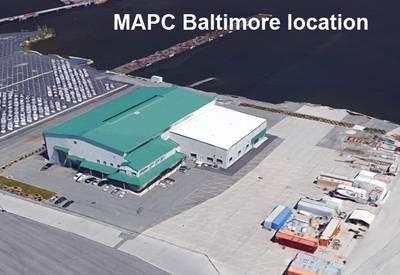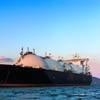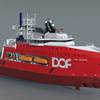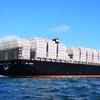Blount, MAPC Ink Deal for Building South Boats’ CTV Designs
Rhode Island shipyard Blount Boats, Inc. said it has signed a sublicense agreement with Marine Applied Physics Corp. (MAPC) of Baltimore, Md., for the building of crew transfer vessels (CTV) designed by U.K. builder South Boats.
South Boats has designed and built approximately 30 percent of the wind farm crew transfer vessels operating on European windfarms, and Blount Boats has held the U.S. license for the firm’s designs since 2011.
In 2016, Blount delivered a South Boats 21-meter transfer vessel, Atlantic Pioneer, to Rhode Island Fast Ferry. The vessel is the first U.S. flagged crew transfer vessel to operate in U.S. waters and services the Deepwater Wind Block Island Wind Farm, which is the first, and currently sole, offshore wind farm operating in the U.S.
In the years to come, as new offshore wind farms begin to sprout up in U.S. waters, a fleet of Jones Act crew transfer vessels will be required for servicing these projects.
“We are thrilled to have found a well-qualified partner to build South Boats designs as the offshore industry develops and demand for crew transfer vessels increases exponentially,” said Marcia Blount, President of Blount Boats. “MAPC’s technical expertise, quality control and location will assist in making South Boats the vessel of choice as we work together to ensure continued superb performance.”
Blount Boats said its sublicense agreement with MAPC covers the waters off the coast of Maryland, with other geographic areas added by written agreement.
Mark Rice, President of MAPC, said, “By collaborating with Blount on the production of South Boat designs, we are able to increase the collective production capacity, bring new technologies to the market, satisfy regional content needs and rapidly introduce product to the rapidly growing market for Jones Act compliant crew transfer vessels.”
MAPC designs and builds vessels for commercial and military customers, including manned and unmanned vessels from 4.3 to 40 meters. The company works in composites for its smaller craft and in aluminum and steel for its larger craft. Vessel construction work is performed in Baltimore, while its composite work is led by personnel in its Brunswick, Maine facility. MAPC’s Baltimore facility includes a 52,000 square foot deep-water fabrication facility containing two 180-foot bays that are serviced by 30-ton bridge cranes. The facility includes full-service machining, electronics and welding shops.
 MAPC’s Baltimore location (Image courtesy Blount Boats)
MAPC’s Baltimore location (Image courtesy Blount Boats)















